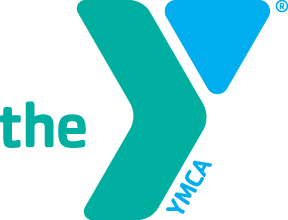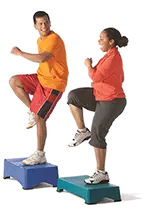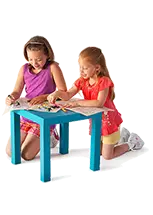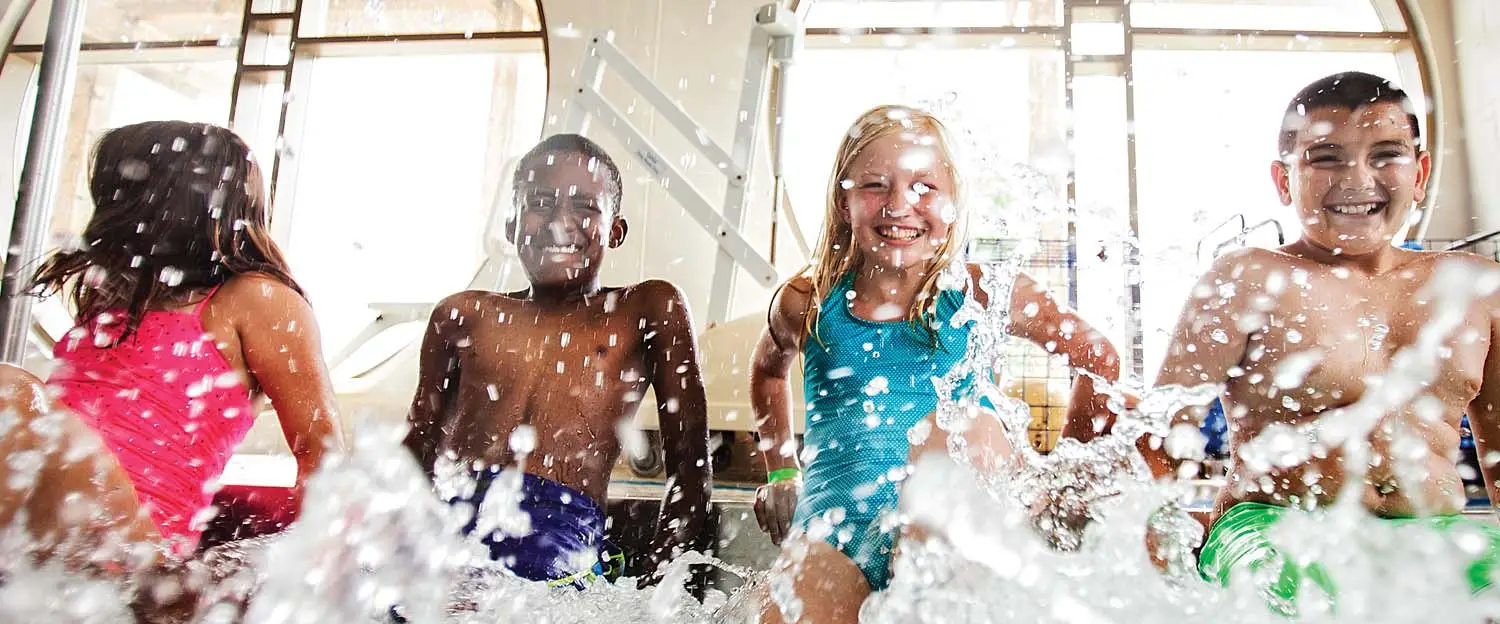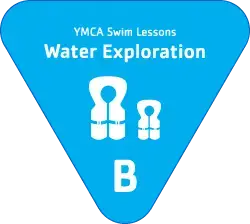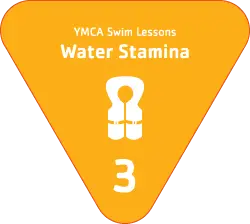The YMCA of Greater Nashua Swim Lesson Program is a Competency-Based Swim Stages Progression.
Imagine watching your child swim for the first time all by himself. The joy of seeing that accomplishment and confidence is unmatched. In our swim lessons, we’re not just teaching life-saving skills – we’re building confidence. Research’s shows that nearly 60% of youth drownings happen within 10 feet of safety. The Y determined it was critical to develop the new swim lesson program with this in mind. Using our new approach to lessons, we teach kids how to be safe and independent around the water, as well as teaching safe habits that will keep the pool a fun place to be.
The YMCA of Greater Nashua swim lesson program increases the accessibility and enjoyment of swimming to all ages and skill levels. Y Swim Lessons accommodate varying abilities to help foster a sense of achievement as swimmers progress between levels. Through this approach, advanced swimmers flow more easily to higher levels while swimmers who need more instruction can learn at their own pace. This results in more confident swimmers who stick with lessons and develop a love for swimming that can last a lifetime.
“Educating children how to be safe around water is just as important as teaching them to look both ways before they cross the street,” said Alyssa King, YMCA Aquatics Director. “The Y teaches swimmers of all ages and backgrounds that water should be fun, not feared, and this practice not only saves lives it builds confidence.”
There are three general categories of Y Swim Lessons. The categories and different stages are explained below or you may download the Swim Lesson Selector Sheet – English | Spanish | Portuguese, a helpful guide, with full descriptions, to begin to determine where your swimmer may start their swim lesson achievement.
Swim Stages
SWIM STARTERS AQUATIC PROGRAM
Accompanied by an adult, infants and toddlers learn to be comfortable in the water and develop swim readiness skills through fun and confidence building experiences, while parents learn about water safety, drowning prevention, and the importance of supervision.
Stage A – Water Discovery: Parents accompany children in stage A, which introduces infants and toddlers to the aquatic environment through exploration and encourages them to enjoy themselves while learning about the water.
Stage B – Water Exploration: In stage B, parents work with their children to explore body positions, floating, blowing bubbles, and fundamental safety and aquatic skills.
SWIM BASICS FOR PRESCHOOL, SCHOOL AGE, TEEN AND ADULT
Swim Basics develops personal water safety and basic swimming skills in students of all ages. Swimmers develop a high level of comfort in the water by practicing safe water habits, engaging in underwater exploration, and learning how to swim to safety and exit if they fall into a body of water. Students achieve basic swimming competency by learning two benchmark skills: swim, float, swim—sequencing
front glide, roll, back float, roll, front glide, and exit—and jump, push, turn, grab.
Stage 1 – Water Acclimation: Students develop comfort with underwater exploration and learn to safely exit in the event of falling into a body of water in stage 1. This stage lays the foundation that allows for a student’s future progress in swimming.
Stage 2 – Water Movement: In stage 2, students focus on body position and control, directional change, and forward movement in the
water while also continuing to practice how to safely exit in the event of falling into a body of water.
Stage 3 – Water Stamina: In stage 3, students learn how to swim to safety from a longer distance than in previous stages in the event of falling into a body of water. This stage also introduces rhythmic breathing and integrated arm and leg action.
SWIM STROKES FOR PRESCHOOL, SCHOOL AGE, TEEN AND ADULT
Swim Strokes introduces and refines stroke technique in older students (school age, teens and adults). Having mastered the fundamentals, students learn additional water safety skills and build stroke technique, developing skills that prevent chronic disease, increase social-emotional and cognitive well-being and foster a lifetime of physical activity.
Stage 4 – Stroke Introduction: Students in stage 4 develop stroke technique in front crawl and back crawl and learn the breaststroke kick and butterfly kick. Water safety is reinforced through treading water and elementary backstroke.
Stage 5 – Stroke Development: Students in stage 5 work on stroke technique and learn all major competitive strokes. The emphasis on water safety continues through treading water and sidestroke.
Stage 6 – Stroke Mechanics: In stage 6, students refine stroke technique on all major competitive strokes, learn about competitive swimming, and discover how to incorporate swimming into a healthy lifestyle.

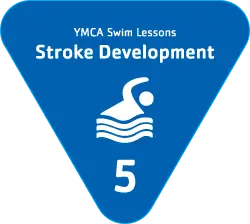

TRACK YOUR PROGRESS
Taking swim lessons at the Y means learning lifelong skills in a fun environment. Swimmers can use this Achievement Tracker to chart their progress. On the second page, swimmers can simply check off each skill once they have completed it. They’ll earn a sticker after completing all of the skills for each stage of their progression.
